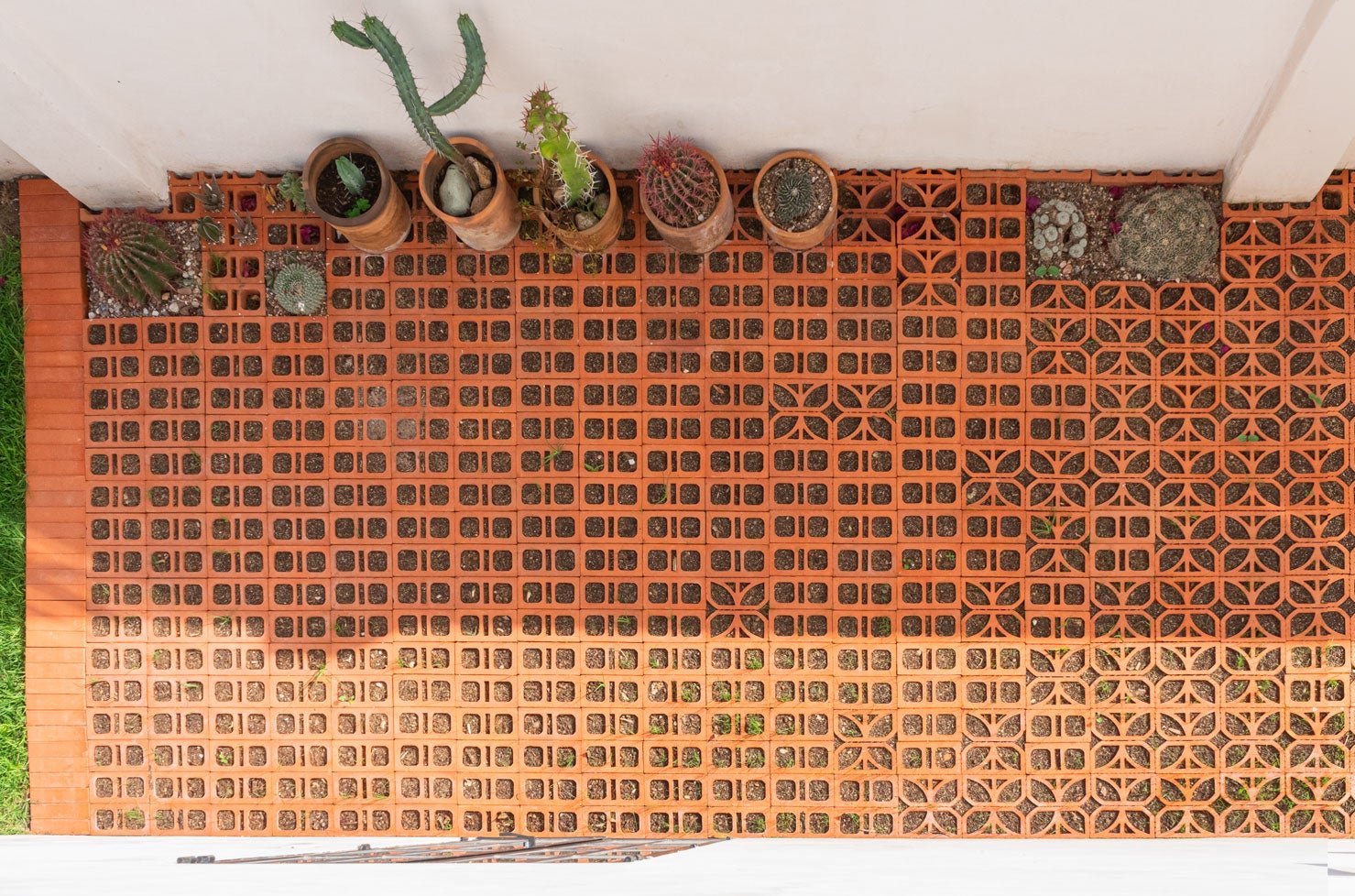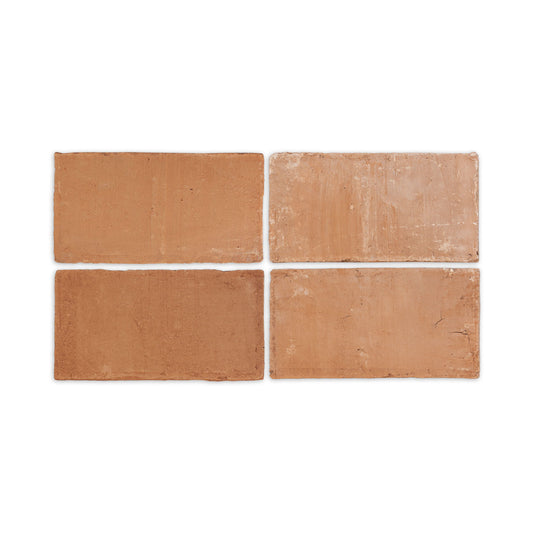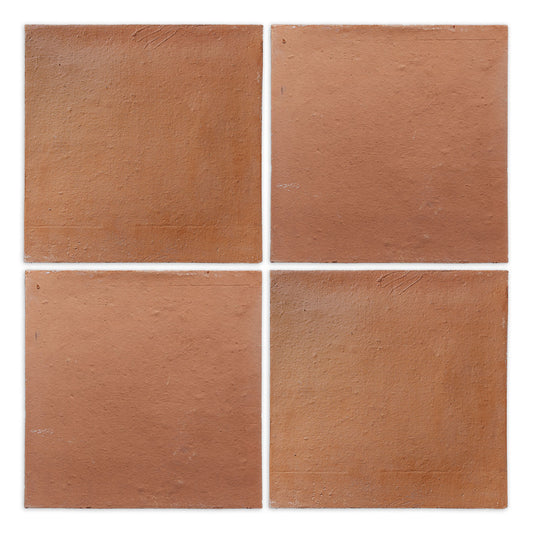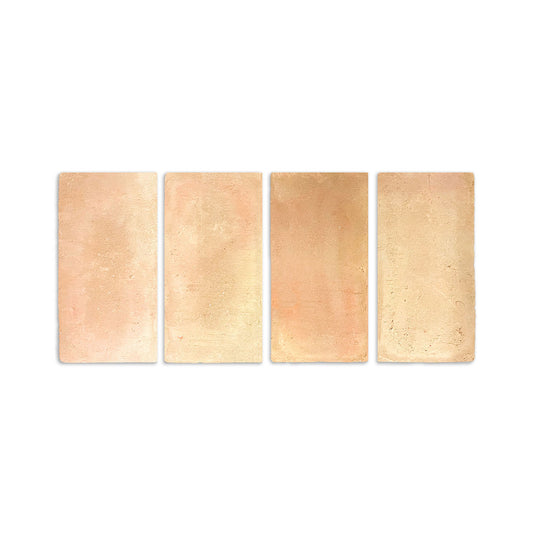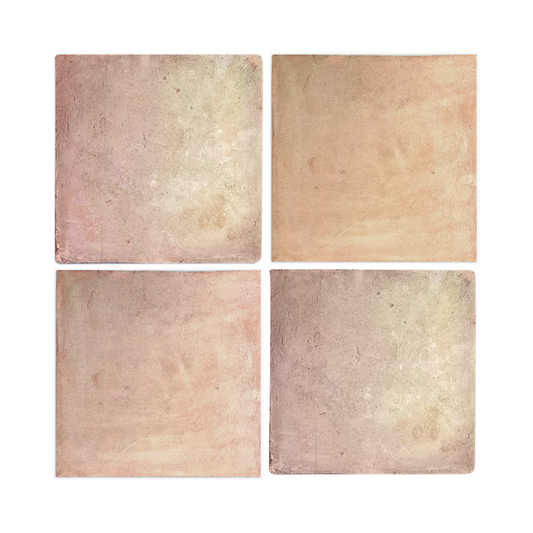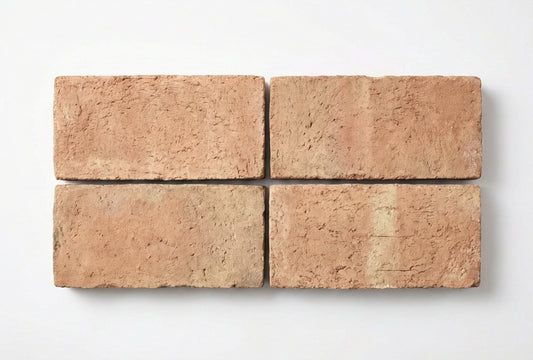



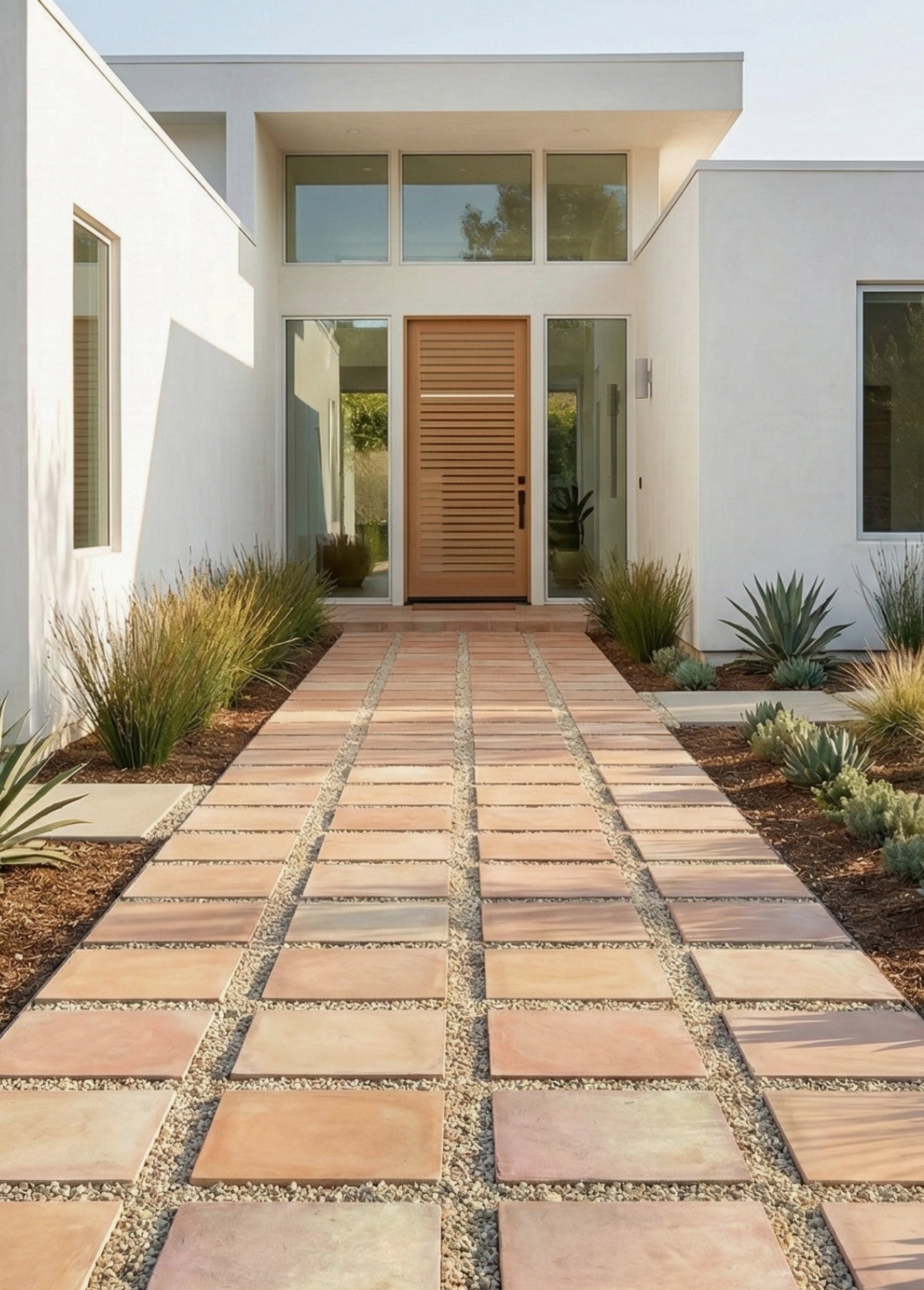
From inspiration to installation
FAQ
Where can pavers be installed?
You can use Terracotta Pavers to design exterior spaces such as a brick patio, walkway, or streetscapes. You can also take pavers inside! The rustic and earthy look will bring character to entryways, kitchens, and main living spaces.
Our pavers are suitable for residential applications as well as commercial projects. Just keep in mind that clay terracotta pavers are not rated as frost resistant and some applications require additional maintenance and sealing!
Can pavers be installed indoors?
Yes! Our thin pavers are a great option for interior usage. Thin pavers interior installations should be treated like a conventional installation with adhesion and grout. Note that thin terracotta pavers require sealant before grouting to keep the grout from staining the surface and after grouting for additional protection from water absorption and staining.
Make sure to test your and sealant before starting your full installation. We recommend to seal your indoor paver installation heavily before and after installation to prevent any moisture absorption and repel stains.
How do you install pavers outdoors?
When installing outdoors, thick 2" pavers are often placed without grout or adhesive, relying instead on a base of gravel, soil, and sand. In this application method, thick pavers should NOT be sealed. This method of installation creates a “permeable surface,” allowing water to flow through the joints of sand, gravel, or soil and absorb into the ground. As a result, you may notice that the pavers will develop a natural patina and darken more quickly and see less run off water.
Do pavers require sealing?
Interior Application | Thin Pavers (3/4"-1")
For interior spaces, we recommend our thin pavers. Their slimmer profile makes installation easier while preserving the warm, natural character of a thick paver. Thin pavers should be installed using standard tile-setting methods with adhesive and grout. We strongly recommend sealing the tile both before and after grouting to protect it from moisture absorption and staining. Please note: we do not recommend this material for wet area installations.
We recommend our Penetrating Sealant. Please note, certain sealers can darken your pavers significantly while others will only minimally change the color. Always test your sealant prior to full install!
Exterior Applications | Thick Pavers (2"+)
For exterior use, we recommend our thick pavers set in sand or gravel. These installations should not be grouted or sealed. Leaving space between pavers allows for natural expansion and contraction with changes in moisture and temperature. Applying sealant in exterior applications can trap moisture and lead to efflorescence. Outdoors, unsealed pavers will develop a beautiful patina over time. Additionally, sand or gravel set pavers create a permeable surface that allows water to reach the ground below.
Will pavers change color?
Due to their naturally porous structure, terracotta pavers can change in appearance over time. This means they may age and develop a darker hue. Even when sealed, they can be prone to staining. It's important to appreciate the unique character that comes with this patina!
What do you mean by variation?
Expect nominal variations in size, texture, flatness, and color, these are inherent characteristics of handmade authentic pavers. Natural indentations, lime pops, divots and variations on the surface are normal. You may also find excess clay or minor chips on the surface, edges, as well as irregular marks. These are common characteristics of genuine handmade terracotta pavers.
Do pavers require maintenance?
Outdoor Applications | Thick Pavers
Applications without grout or sealant- regular sweeping, weed trimming and visual inspections of your pavers is ideal to troubleshoot any migration or pavers that might need replacement over time.
Indoor Applications | Thin Pavers
For indoor applications or more conventional installation, Regular maintenance is crucial for preserving the beauty and durability of your paver install. Here's a comprehensive guide to keep your pavers looking pristine:
1. Regular Cleaning: For interior, to maintain cleanliness, regularly sweep, dust, or vacuum your clay tile. Opt for a soft-bristled broom or a vacuum cleaner. For deeper cleaning, use a damp mop with warm water and our Palo Santo Cleaner Concentrate to remove dirt and grime.
2. Avoid Harsh Chemicals: Steer clear of bleach or ammonia, as they can harm or discolor the tile. Instead, utilize pH-neutral cleaners like soap or household non-acidic cleaners. These effectively remove stains without damaging the tile. When cleaning, use a soft cloth or mop to prevent scratching.
3. Tackle Tough Stains Carefully: For stubborn stains, consider using a slightly more abrasive cleaner after testing it on a hidden area first. Ensure thorough removal of cleaning solution residue to maintain the tile's luster.
4. Prompt Spill Cleanup: Address spills promptly to prevent staining. Use a soft cloth with warm water or a pH-neutral cleaner for effective spill removal.
5. Prevent Scratches: While terracotta tile is durable, it's still susceptible to scratches. Avoid dragging heavy furniture across the tile and utilize furniture pads to prevent scratches.
6. For Interior, Utilize Rugs: Place mats or rugs in high-traffic or moisture-prone areas like entryways or kitchens to minimize wear and tear. Opt for felt or cloth pads under rugs to prevent potential damage from rubber padding.
7. Sealer Reapplication: Interior application thin pavers require sealant during installation. Reapplication of sealant will be needed over time to preserve moisture and stain resistance. The frequency of reapplication can depend on traffic, application area and exposure.













